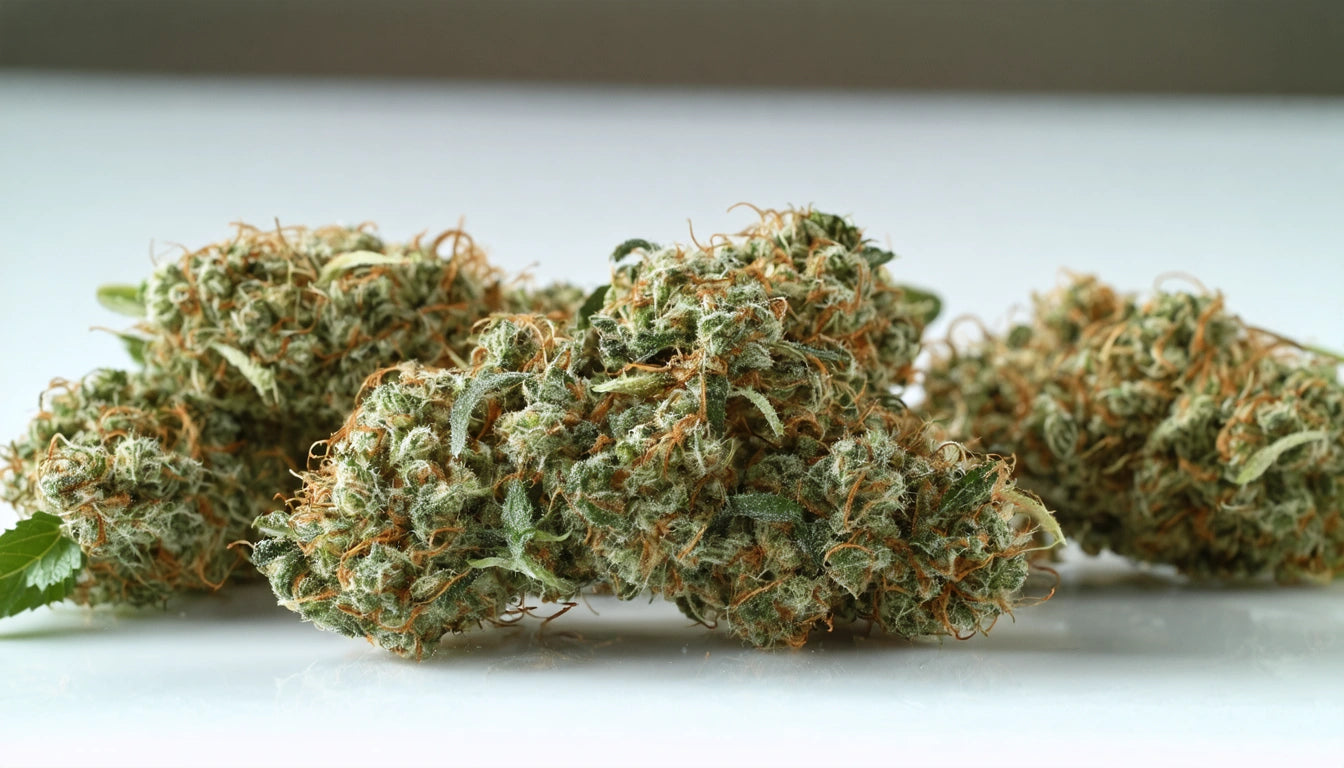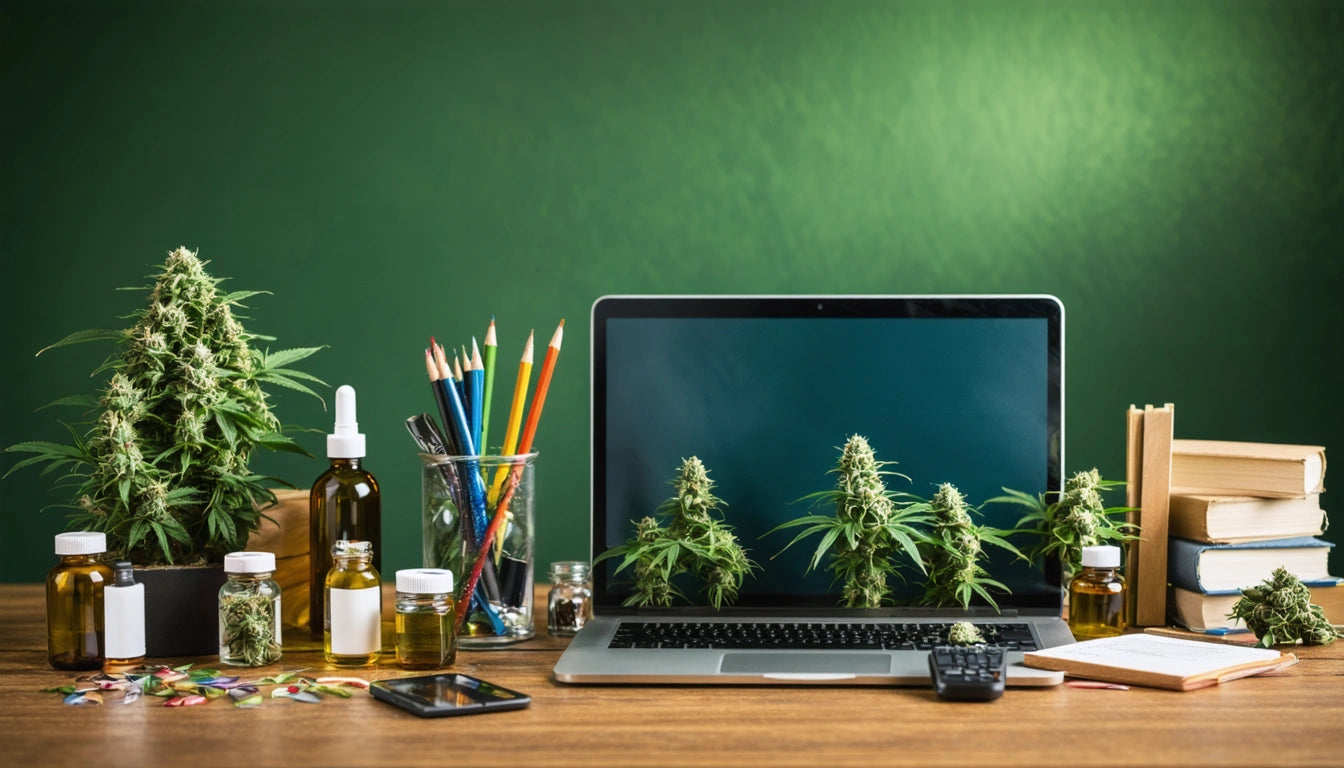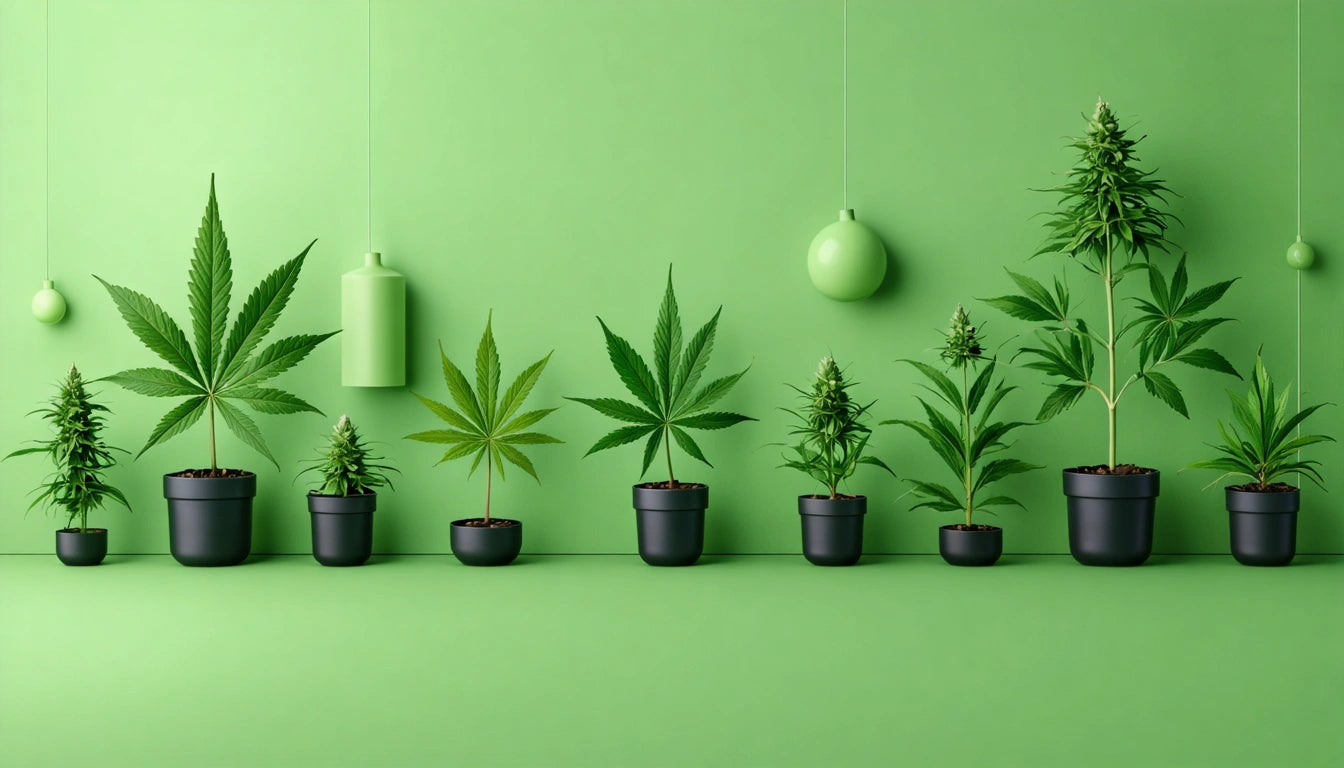Table of Contents
Cannabis edible labels contain crucial information that helps consumers make informed decisions about dosing, ingredients, and potential effects. Understanding how to interpret these labels is essential for both new and experienced users seeking safe and predictable experiences. This guide breaks down the key components of edible packaging and explains how to use this information to consume responsibly.
Understanding Edible Label Basics
Cannabis edible labels follow strict regulatory guidelines that vary by state but generally include similar core information. Most labels prominently display the total THC content, serving size, ingredients, manufacturer information, and required warnings. The placement of this information is standardized to help consumers quickly locate critical details.
When examining edible packaging, start by identifying the total cannabinoid content and the number of servings per package. This information is typically found on the front of the package in bold text. For proper storage that maintains freshness and potency, many products include specific instructions that should be followed, as detailed in this guide on storing edibles.
Decoding THC & CBD Content
The most important information on any edible label is the cannabinoid content. Labels will list:
- Total THC per package (e.g., 100mg THC total)
- THC per serving (e.g., 5mg THC per piece)
- CBD content (if applicable)
- THC:CBD ratio (for balanced products)
Understanding these numbers is crucial for proper dosing. For first-time users, it's recommended to start with 2.5-5mg of THC, as outlined in this guide for first-time users. More experienced consumers may comfortably consume 10-15mg per session.
The difference between THC and CBD in edibles significantly impacts the experience. This comparison of THC vs. CBD explains how these cannabinoids produce different effects when consumed orally.
Reading Ingredient Lists
Edible labels list ingredients in descending order by weight, similar to food products. Pay special attention to:
- Cannabis extract type (distillate, full-spectrum, etc.)
- Potential allergens (nuts, dairy, gluten)
- Added terpenes or flavoring agents
- Fat content, which affects absorption as explained in this article on fat in edible absorption
For consumers making homemade edibles, understanding ingredients and proper packaging becomes especially important. Many home producers use resealable mylar storage bags to maintain freshness and provide space for their own detailed labeling information.
Interpreting Batch Information
Batch and testing information provides verification of product safety and consistency:
- Batch/lot number: Allows tracking in case of recalls
- Manufacturing date: Indicates product freshness
- Expiration/best-by date: Suggests optimal consumption timeframe
- Testing lab information: Verifies third-party testing
This information confirms the product has been tested for potency and contaminants. Some packages include QR codes linking to complete lab results, offering transparency about product quality.
Mastering Warning Symbols
Cannabis edible packaging features standardized warning symbols that vary by jurisdiction but typically include:
- Universal cannabis symbol (often a triangle with a cannabis leaf)
- Child warning symbol
- Pregnancy warning
- Impairment warning for driving/machinery
These symbols serve as quick visual indicators of important safety information. The child warning is particularly important as edibles often resemble regular food products and must be stored securely away from children.
If you accidentally consume too much THC, knowing what steps to take is crucial. This resource on THC overconsumption provides helpful guidance for managing uncomfortable experiences.
Practical Label Reading Tips
Understanding edible labels becomes easier with practice. Remember these key points:
- Compare onset times listed on different products, as explained in this timing breakdown
- Look for activation time information, which indicates when effects typically begin
- Check for dosing instructions specific to the product
- Verify that packaging is child-resistant and compliant with state regulations
When comparing consumption methods, edibles offer different benefits and drawbacks compared to smoking. This comparison of edibles vs. smoking helps consumers understand why edible effects feel stronger and last longer, as further explained in this article on THC metabolism.
By developing the habit of carefully reading cannabis edible labels, consumers can make informed choices that enhance their experience while minimizing risks. This knowledge empowers users to select products aligned with their tolerance levels and desired effects.











Leave a comment
All comments are moderated before being published.
This site is protected by hCaptcha and the hCaptcha Privacy Policy and Terms of Service apply.